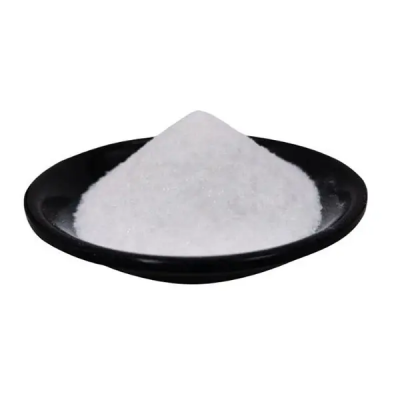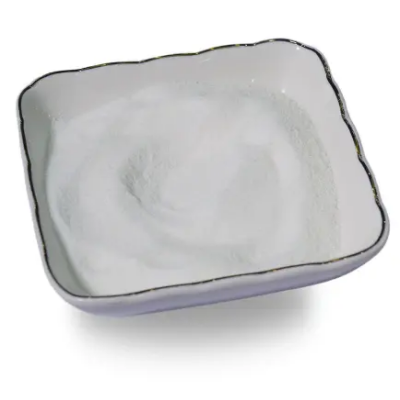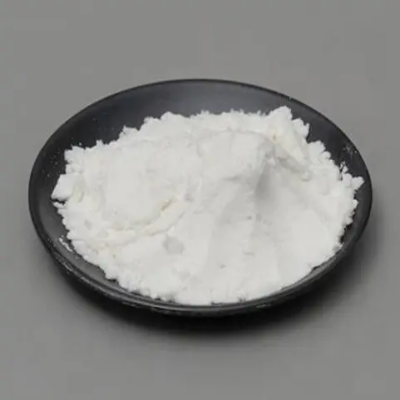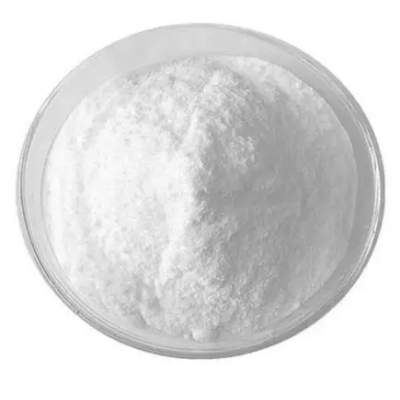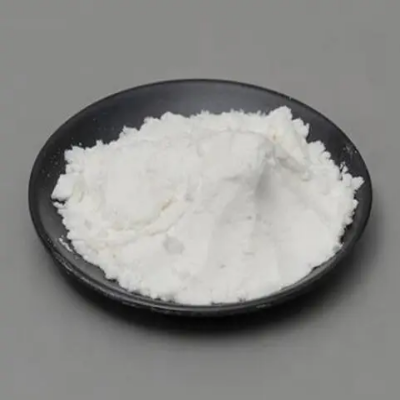Hypoxanthine CAS:68-94-0
Hypoxanthine, chemically classified as 2-hydroxypurine, is a purine derivative that is integral to nucleotide metabolism. It is formed during the breakdown of adenosine, which is converted first to inosine and then to hypoxanthine through enzymatic reactions involving purine nucleoside phosphorylase. The presence of hypoxanthine in biological systems is critical as it participates in the purine salvage pathway, which recycles purines from degraded nucleic acids, allowing the synthesis of adenine and guanine nucleotides. One of the primary functions of hypoxanthine is its role as a precursor for the synthesis of important nucleotides. Hypoxanthine can be converted into xanthine by the enzyme xanthine oxidase. Subsequently, xanthine is further oxidized to uric acid, which is excreted from the body. This pathway is essential for maintaining nucleotide balance within cells and ensuring proper cellular function. In addition to its metabolic functions, hypoxanthine has attracted attention in medical research due to its potential therapeutic effects. It has been shown to exhibit antioxidant properties, helping to protect cells from oxidative stress. Oxidative stress is implicated in various diseases, including neurodegenerative disorders and cardiovascular diseases. By acting as a scavenger of free radicals, hypoxanthine may contribute to reducing cellular damage and improving overall health outcomes. Moreover, hypoxanthine has been investigated for its role in cellular energy metabolism. It has been suggested that hypoxanthine may enhance ATP production in certain physiological contexts, thereby supporting energy-dependent processes. This characteristic could have implications in conditions where cellular energy demand is elevated, such as during intense physical activity or in metabolic disorders. In clinical settings, hypoxanthine levels in the blood can serve as a biomarker for specific health conditions. For instance, elevated hypoxanthine concentrations have been observed in individuals with gout and other hyperuricemia-related conditions, where disrupted purine metabolism leads to increased uric acid production. Monitoring hypoxanthine levels can provide valuable insights into the metabolic state of patients and guide therapeutic interventions. Furthermore, ongoing research is exploring the potential use of hypoxanthine in nutritional supplements and functional foods, aiming to harness its beneficial effects on cellular health and metabolism. The incorporation of hypoxanthine in dietary formulations may offer protective benefits against oxidative damage and support overall well-being. In conclusion, hypoxanthine is a vital purine metabolite with significant roles in nucleotide synthesis, antioxidant defense, and energy metabolism. Its dual functionality as a metabolic intermediate and a potential therapeutic agent underscores its importance in both biochemistry and medicine. As research continues to uncover the full range of hypoxanthine's effects, it holds promise for future therapeutic applications and improved understanding of metabolic health.



| Composition | C5H4N4O |
| Assay | 99% |
| Appearance | white powder |
| CAS No. | 68-94-0 |
| Packing | Small and bulk |
| Shelf Life | 2 years |
| Storage | Store in cool and dry area |
| Certification | ISO. |




![N-[3-(Isodecyloxy)propyl]propane-1,3-diamine CAS:72162-46-0](https://cdn.globalso.com/xindaobiotech/B7BHTM43TKFHZ0EB3TY7.png)
